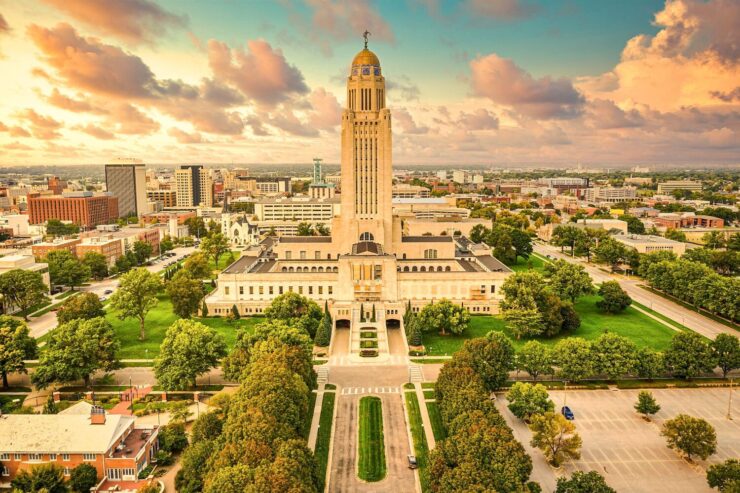As we trace the time-worn paths of history, certain tales evoke a sense of fascination, embodying the spirit of adventure, innovation, and resilience. One such tale is that of Lincoln, Nebraska. Its saga, steeped in a rich historical tapestry, mirrors the transformative American narrative. The origin story of this thriving city reveals a testament to human ingenuity and the indomitable spirit of its pioneers.
From the moment we step into the realm of Lincoln’s past, we traverse a journey unlike any other. We witness a city borne out of the audacity of pioneers, hardened by political tussles, and brought to prominence by a resilient spirit. Its story is a microcosm of American history, as it encapsulates periods of profound transformation, groundbreaking progress, and enduring growth. Now, it is a great place for living and starting a family. If you are looking to move here and need home builders in Lincoln, Nebraska, check out https://www.murraycustomhomes.com/.
Early Settlement and Founding
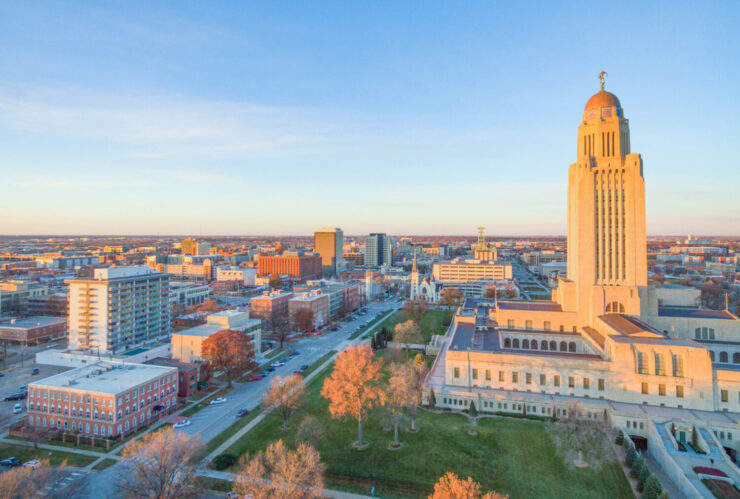
The genesis of Lincoln harks back to the mid-19th century when it was a humble wilderness known as Lancaster. With the passage of the Kansas-Nebraska Act in 1854, settlers from the East started forging homes in this new frontier. It was a time of courage and determination, as these pioneers sought to carve out a life amidst the vast expanses of Nebraska’s plains.
Established as Lancaster in 1856, it was but a solitary outpost amid the prairie, often graced by the occasional buffalo. However, despite its isolation, the settlement attracted an influx of hardy pioneers, drawn by the prospects of fertile land and new opportunities. Over the ensuing years, a close-knit community began to form, setting the groundwork for the future city of Lincoln.
Pioneering Days and Growth
During the 1860s, the burgeoning community saw an accelerated pace of development. The Homestead Act of 1862 further encouraged settlers to stake their claims in the land, fostering a population boom. The stagecoach route through Lancaster not only facilitated trade and transport but also put the town firmly on the map of westward expansion.
Amid the rapidly growing population, the settlement flourished, sprouting schools, businesses, and even a post office. As the pioneer community evolved, so did their aspirations. A vision was taking shape—a city that would embody the spirit of the West while upholding the ideals of unity and progress. With this vision in mind, Lancaster embarked on a journey toward a vibrant future like Lincoln’s.
Becoming the State Capital
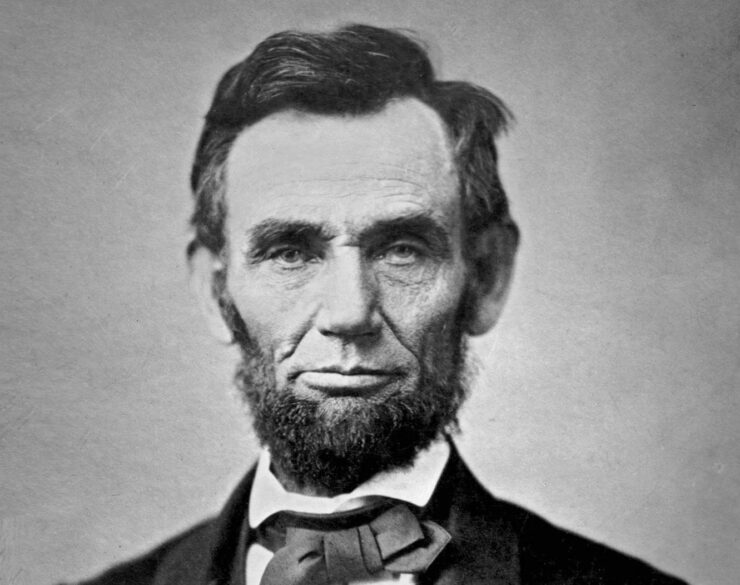
Yet, Lincoln’s journey wasn’t without obstacles. One significant hurdle emerged in the form of a contentious political dispute. After Nebraska attained statehood in 1867, the decision to relocate the capital from Omaha was met with uproar. The proposed change, however, was seen as a vital move to establish geographic balance in the fledgling state.
Despite fierce opposition, the bold decision prevailed. The newly christened city of Lincoln, named after the slain President Abraham Lincoln, was officially declared Nebraska’s capital in 1867. With its new status, Lincoln rapidly transformed, paving the way for an era of prosperity and growth.
Role in the Civil War Era
While Nebraska didn’t officially join the Union until after the Civil War, the conflict had profound impacts on Lincoln’s early history. The city’s namesake, Abraham Lincoln, had been a beacon of hope during the tumultuous era, and his legacy would deeply influence the city’s identity.
Embodying President Lincoln’s values, the city became a stronghold for abolitionist sentiment. The populace was moved by the spirit of unity and freedom, leading many to join the Union forces. Post-war, the city stood as a testament to the country’s resilience and collective will to rebuild.
Development of Infrastructure
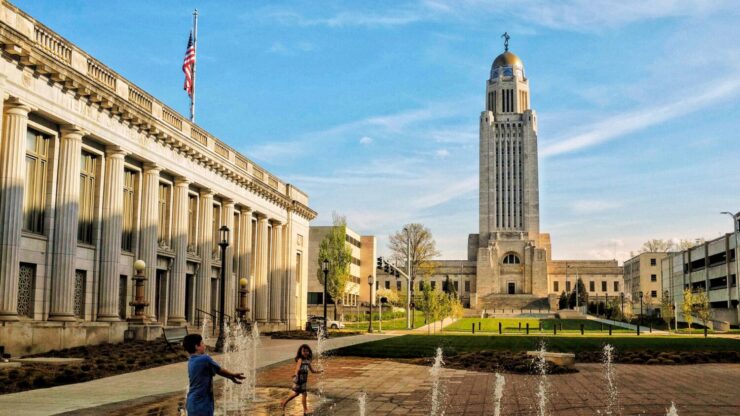
The late 19th and early 20th centuries ushered in an era of remarkable advancements for Lincoln. The city’s strategic location made it an ideal hub for the burgeoning railroad industry. With the establishment of the Burlington & Missouri River Railroad in 1870, Lincoln’s connectivity grew, facilitating an economic boom.
As the turn of the century approached, Lincoln’s cityscape began to morph, reflecting its growing prosperity. From impressive architectural feats like the Nebraska State Capitol to the development of a robust public utilities system, the city was carving out a distinct identity on the American landscape. With each passing year, the bustling city of Lincoln strengthened its grip as the heart of Nebraska.
Education and Cultural Institutions
Lincoln’s commitment to progress is evident in its devotion to education and the arts. Established in 1869, the University of Nebraska-Lincoln (UNL) played a pivotal role in shaping the city’s intellectual and cultural landscape. UNL’s dedication to academic excellence turned Lincoln into a beacon of higher learning in the Midwest.
Concurrently, the city’s cultural scene thrived. From the inauguration of the Lied Center for Performing Arts to the celebrated Sheldon Museum of Art, Lincoln’s commitment to culture has been steadfast. The city’s vibrant arts scene and commitment to education have cultivated a diverse, intellectually curious community, further bolstering Lincoln’s appeal.
Economic Expansion and Industry
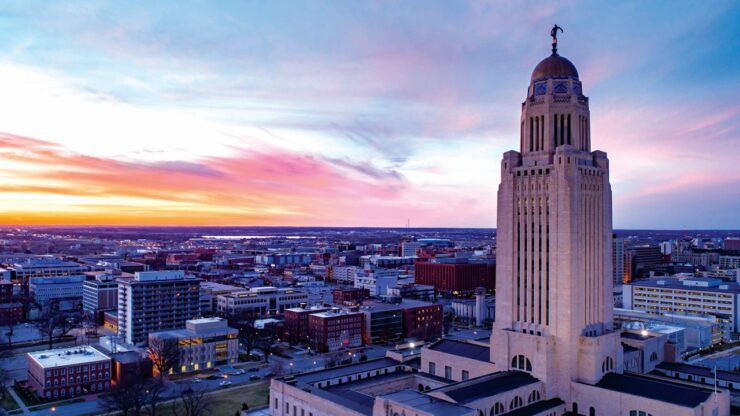
The 20th century marked a period of exponential economic growth for Lincoln. Its core industries of agriculture and trade were complemented by the emergence of manufacturing, banking, and information technology sectors. Lincoln’s robust economy has not only fortified its place as a regional powerhouse but has also gained national recognition for its resilience and innovation.
Throughout the decades, Lincoln’s economy has proven adaptable, navigating shifts in global markets and technological advancements. A thriving hub of startups, tech firms, and large multinational corporations, the city’s diverse economy bears testament to its industrious spirit and forward-thinking ethos.
Lincoln’s Role in the Progressive Movement
Lincoln’s rich history is not devoid of socio-political movements that have shaped the nation. In the early 20th century, the city played an instrumental role in the Progressive Movement, advocating for political and social reform. This zeal for improvement is reflected in its efforts to address urban problems and promote efficient governance.
This progressive spirit continues to be a cornerstone of Lincoln’s identity. The city’s steadfast commitment to societal betterment and equity manifests in its policies and civic initiatives, continually striving to improve the quality of life for all its inhabitants. The echoes of Lincoln’s role in the Progressive Movement reverberate today, testifying to its enduring legacy.
Final Thoughts
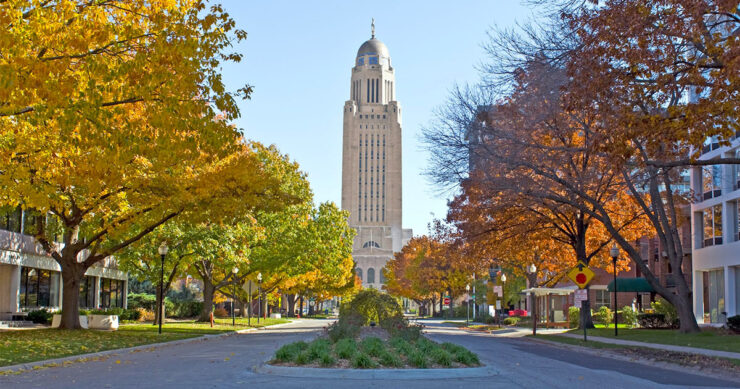
Journeying through the annals of Lincoln’s history, one cannot help but marvel at the city’s metamorphosis. From a solitary outpost on the plains to a bustling metropolis teeming with innovation and cultural vibrancy, Lincoln’s evolution is a testament to the pioneering spirit of its people. It stands as a beacon of resilience, a tribute to the visionaries who dared to dream, and an enduring emblem of American progress. As we look towards Lincoln’s future, we do so with the certainty that it will continue to embody the values of unity, progress, and innovation that have been its cornerstone since its inception.

